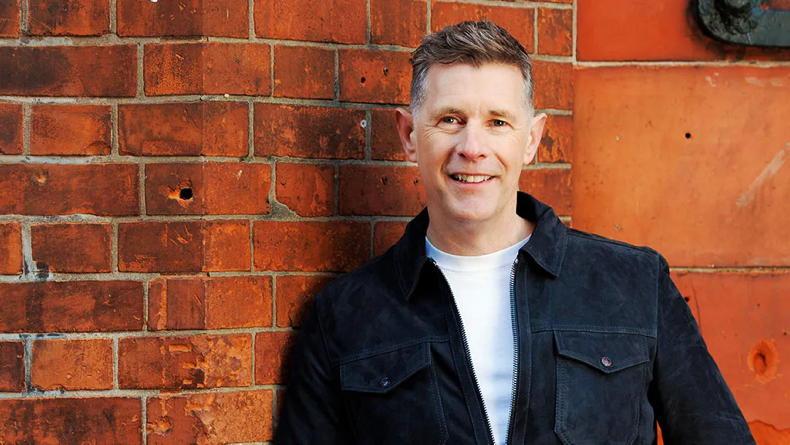Five years ago, myself and my husband bought a 1930s house. Small budget, big dreams – you get the jist. So like many others, Room to Improve is essential watching. Sunday nights in January wouldn’t be the same without Dermot Bannon and the rejects from the Christmas tub of Heroes.
Another couple with limited budget and big dreams are Ivan Williams and Gráinne Murphy who kicked off season 15 (yes, 15!) of the show. While Ivan farms full-time, Gráinne is a teacher and together they had ambitions to restore Ivan’s old family farmhouse in Urlingford, Co Kilkenny.
Room to Improve tends to get myself and my husband pretty opinionated. “How the hell are they going to do all that for €200,000?” I shouted at the TV when Dermot’s grand plans were revealed. As well as renovating the old farmhouse (which was in a very original state), Dermot had all the big-ticket items – a lovely big kitchen, open plan living room, utility room, boot room – the works.
The unbelievable budget then became believable with the revelation of two all-important figures: the Vacant Home Renovation Grant (worth €50,000), which can be availed of if a house has not been inhabited for two years or more, with a potential top up of €20,000 if there are structural issues. There is also the SEAI grant, worth between €24,000 and €30,000. Suddenly, that’s potentially €100,000 on the table.
Room to improve
As many know, Room to Improve is made all the more enjoyable by simultaneously following it on social media and viewers were up in arms about two things. The final budget wasn’t revealed, and people were aghast by how much were available with these grants. So I got Dermot Bannon on the phone to set the record straight. “Budgeting to build a new house is fairly straightforward,” he says. “However, doing up an old house has a lot of hidden costs. For example, that extra €20,000 of the Vacant Home Renovation Grant is for structural issues – roofing, for example, or underpinning. However, fixing those problems could cost €50,000 in itself so it can be easily swallowed up.
“The grants are there to encourage people to renovate houses that have been vacant for two years or more,” he continues. “It’s partly to protect heritage, which really became evident with Ivan and Gráinne where the old farmhouse was steeped in family history. But also doing up old houses – whether they are farmhouses or abandoned homes in towns or villages – is a sustainable way to provide housing. It is more carbon efficient to do up an old house, as opposed to starting from scratch.”
Vacant Home Renovation Grant
That said, the reality is that the overall numbers of people availing of the grant is very low. Figures obtained from the Department of Housing reveal that, as of December 2023, there were 5,500 applications for the Vacant Home Renovation Grant. Of that, 2,700 have been approved. However, just 63 have been paid out. In a housing crisis, where we need somewhere in the region of 62,000 houses built every year to meet demand, this barely scratches the surface.
Some context is needed, though. The grant was launched in July 2022 and expanded nationwide in November 2022. Based on current data, refurbishment works usually take about 12 months to be completed. So arguably, we are in the very early stages and it will be interesting to see where figures land this time next year. Even on our property pages on page 19, there is a residence that could avail of the grant.
One thing is for sure: Sunday night’s show demonstrated the difference the grant can have in making that dream home a reality. I wonder how many readers are now looking at that old farmhouse with a fresh pair of eyes. Oh, and Dermot revealed that Ivan and Gráinne’s project went €15,000 above budget.
Listen to Minister for Housing, Local Government and Heritage Darragh O'Brien speaking at the BT Young Scientist and Technology Exhibition on Friday 12 January about the Vacant Home Renovation Grant.







 This is a subscriber-only article
This is a subscriber-only article










SHARING OPTIONS: